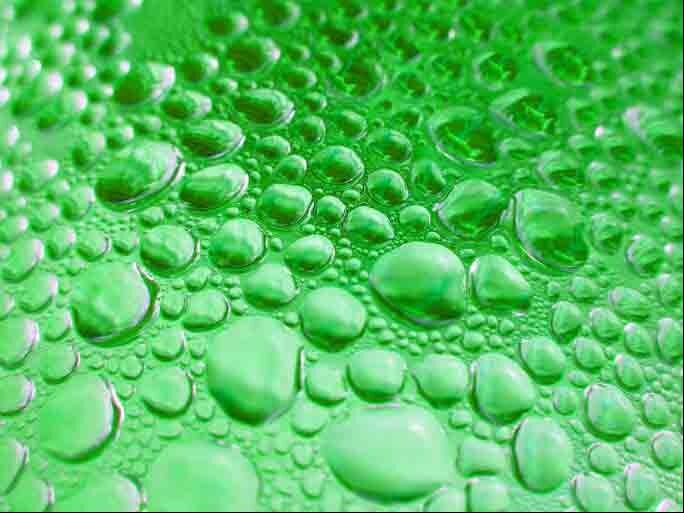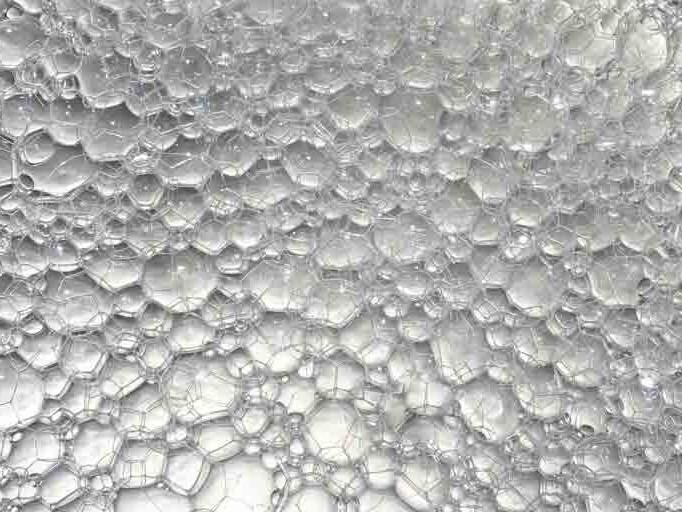Heavy Mercaptans
- Africa
- Asia Pacific
- Europe
- Latin America and the Caribbean
- Middle East
- North America
- Oceania
Related products
Heavy Mercaptans: High-Performance Thiols for Advanced Industrial Applications
What are Mercaptans?
Mercaptans, or thiols, are a class of organosulfur compounds that contain a sulfhydryl functional group (-SH). Known for their distinctive and penetrating odor, mercaptans are widely used across industries such as natural gas, polymer manufacturing, lubricants, and agrochemicals. Their unique reactivity and binding properties make them valuable in a wide range of chemical processes.
Heavy vs. Light Mercaptans: What's the Difference?
Mercaptans are commonly categorized by molecular weight and volatility:
- C1-C4 (Light) mercaptans (e.g., methyl, ethyl, or propyl mercaptan) are low molecular weight thiols, typically volatile liquids or gases at room temperature. Due to their strong odor at trace concentrations, they are primarily used in natural gas odorization, either in pure form or in customized blends tailored for odor stability and soil penetration.
- C6-C12 (Heavy) mercaptans, such as those produced by Arkema, are higher molecular weight compounds, often liquid and less volatile, designed for polymerization, antioxidant synthesis, and lubricant additives. Their chemical structure allows for more controlled reactivity, essential in high-performance industrial applications.
Arkema's Expertise in Heavy Mercaptans
As a global leader in sulfur-based chemistry, Arkema offers a robust portfolio of heavy mercaptans to support demanding industrial processes.
Linear Mercaptans
- Normal Octyl Mercaptan (NOM):
Used as a chain transfer agent (CTA) in the radical polymerization of PMMA, ABS, and other acrylic resins. NOM enables precise control of molecular weight and polymer architecture. NOM is also used as a building block for high- performance antioxidants added to rubbers and plastics. - Normal Dodecyl Mercaptan (NDM): Functions similarly as a CTA, and is also utilized as a building block for high-performance antioxidants in plastic stabilization systems.
Tertiary Mercaptans
- Tertiary Dodecyl Mercaptan (TDM): A key component in SBR latex and styrene-based polymer manufacturing, providing molecular weight control and improved processability. Also used in lubricant additive formulations.
- Tertiary Nonyl Mercaptan (TNM): Known for its use in lubricant additives, TNM contributes to product stability and performance under thermal stress.
Thiols and the SH Functional Group
Mercaptans belong to the thiol family due to the presence of the sulfhydryl (-SH) group, which is the sulfur analog of the hydroxyl group (-OH) found in alcohols. The SH functional group gives mercaptans their distinct reactivity:
- Higher acidity compared to alcohols
- Ability to form stable metal salts
- Strong odor detectability even at low concentrations
- Versatility in chain-transfer and radical reactions
Frequently asked questions about Mercaptans
What Does Mercaptan Smell Like?
Mercaptans are infamous for their strong, unpleasant odor, often compared to garlic, onions, or rotten cabbage. This smell is detectable at extremely low concentrations, making mercaptans highly effective for leak detection in natural gas.
Chemical Properties and Structure Overview
The fundamental structure of mercaptans features an -SH (sulfhydryl) group attached to a carbon chain, making them sulfur analogs of alcohols. These compounds demonstrate unique reactivity patterns, particularly their strong bonding affinity with mercury - hence their name, derived from Latin "mercurium captans."
Their physical characteristics vary based on molecular weight. Lower molecular weight mercaptans exist as gases at room temperature, while heavier variants appear as liquids. For example, methylmercaptan boils at 6°C, whereas isopropyl mercaptan remains liquid until 55°C at atmospheric pressure.
Mercaptans exhibit greater acidity than corresponding alcohols due to the larger atomic size of sulfur compared to oxygen. This property enables them to form stable salts with metals and participate in various chemical transformations essential for industrial processes that are more challenging to accomplish using their corresponding alcohols.
Why are mercaptans added to natural gas?
Mercaptans are used as natural gas odorants due to their unique combination of properties. Their powerful odour is detectable at very low concentrations, in the ppb range, providing an early warning system in the event of a leak.
Different types of mercaptans serve specific purposes in gas odorization. TBM remains stable during transport and storage, while THT provides excellent penetration through soil, making underground leaks more detectable. Modern gas companies often use precise blends of these compounds to maximize safety effectiveness.
What are mercaptans used for?
In pharmaceutical manufacturing, mercaptans serve as key intermediates for producing essential amino acids like methionine, vital for animal nutrition and feed supplements. The petrochemical sector harnesses these compounds for quality control, where they help remove unwanted sulfur from petroleum streams.
Polymer production benefits from mercaptans' unique chemistry. They function as molecular weight regulators in the manufacture of synthetic rubber and specialized plastics. For example, Tertiary Dodecyl Mercaptan plays a fundamental role in controlling polymer chain length during SBR latex production.
The agricultural sector employs these compounds as components in pesticide synthesis, while chemical manufacturers incorporate them into various catalyst systems. Their role extends to mining operations, where they serve as flotation agents for mineral separation processes.
How do I know the best mercaptan to use?
Selecting the right mercaptan depends on your intended use, performance objectives, formulation needs, and process conditions. Each mercaptan has unique characteristics in terms of reactivity, properties, and odor profile, which can significantly impact product features and process efficiency. Making the right choice ensures both optimal performance and safe handling.
With its long-standing expertise in mercaptans chemistry, Arkema offers a broad portfolio covering a wide range of industrial requirements. Our team of mercaptan experts provide technical guidance to help you identify the most suitable product for your specific needs.
Contact us to connect with an expert and receive tailored support in choosing the right mercaptan for your process.
Safety Measures
Proper handling of mercaptans requires strict adherence to established safety protocols.
The safe handling of mercaptans is a top priority. Each product is supported by a detailed Safety Data Sheet (SDS), also known as Material Safety Data Sheet (MSDS) in the United States, providing all the information necessary for the handling, storage and disposal of the products.
These SDS documents are regularly reviewed and updated to reflect the latest regulatory requirements and safety standards. They give you quick access to technical data, prevention advice, safety instructions and legal requirements for proper storage, handling, and transport of mercaptans in industrial environments.
Before working with any mercaptan, all users should always consult the corresponding SDS to ensure compliance with safety guidelines and to maintain a secured workplace.
Refer to the up to date SDS, for all products
Detection Methods and Removal Techniques
Modern gas chromatography coupled with flame photometric detection offers precise measurement of mercaptan levels down to parts per billion. This advanced technology enables real-time monitoring in industrial processes and environmental assessments.
Chemical scavenging represents a leading removal approach, where specialized compounds react with mercaptans to form stable, odorless products. For example, metal oxide-based systems achieve removal rates exceeding 95% in natural gas streams.




